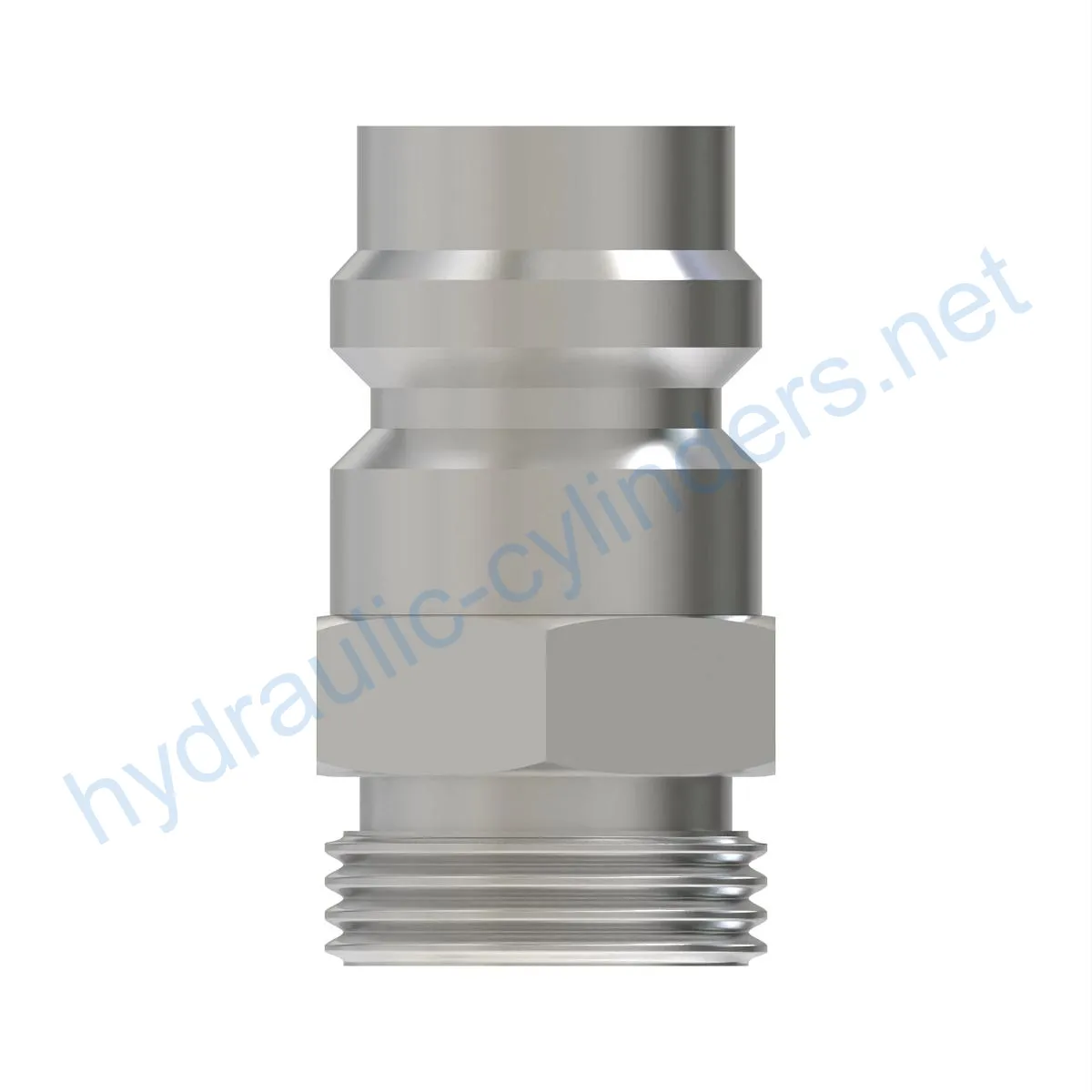Replacement Of AT164892 Hydraulic Cylinder Port
Hidrolik silindir üreticilerinden, tedarikçilerinden ve mekanik ürünlerin ihracatçılarından biri olarak, hidrolik silindirler ve diğer birçok ürünü sunuyoruz.
Ayrıntılar için lütfen bizimle iletişime geçin.
Posta:sales@hydraulic-cylinders.net
Hidrolik silindir üreticisi tedarikçisi ihracatçısı.
Introduction
The Replacement Of AT164892 Hydraulic Cylinder Port is a crucial component in various types of equipment, including models such as 300D, 310D, 310E, 310SE, and more. This hydraulic cylinder plays a significant role in the efficient operation of machinery, providing the necessary force and control for different applications.
Specifications and Models
The Replacement Of AT164892 Hydraulic Cylinder Port has the following specifications:
- Weight: 0.04 lb
- Height: 0.9 in
- Length: 0.9 in
This hydraulic cylinder is compatible with a wide range of models, including 300D, 310D, 310E, 310SE, 315D, 315SE, and many more.
Features
The Replacement Of AT164892 Hydraulic Cylinder Port offers several key features:
- Improved Equipment Performance: Replacing damaged or worn hydraulic cylinders restores the equipment’s normal operational capabilities, ensuring optimal performance in various applications.
- Enhanced Safety: Regularly replacing hydraulic cylinders reduces the safety risks associated with cylinder failures, ensuring the well-being of operators and the equipment.
- Overload Protection: New cylinder designs often incorporate better overload protection mechanisms, enhancing overall safety.
- Quick Installation: Modern hydraulic cylinders are designed for easy installation and replacement, minimizing downtime.
- Standardized Components: Many hydraulic cylinders are standardized products, making it convenient to obtain replacement parts in the market.
Applications
The Replacement Of AT164892 Hydraulic Cylinder Port finds application in various scenarios, including:
- Excavators: Hydraulic cylinders on excavator arms or buckets may get damaged due to long-term use or overload, necessitating replacement for restoring smooth operation.
- Cranes: Hydraulic cylinders in crane boom systems are prone to wear and tear from frequent lifting and lowering, requiring regular replacement to ensure safety.
- Tractors: Front-end loader hydraulic cylinders on tractors may develop leaks or experience performance degradation during continuous lifting and tilting operations, necessitating replacement.
- Harvesters: Hydraulic cylinders in harvesting equipment endure high pressures during operation, and fatigue can lead to cylinder damage, requiring timely replacement to maintain efficiency.
- Automated Production Lines: Hydraulic cylinders are used to control robotic arms and other automated equipment. Cylinder failure can significantly impact production efficiency, necessitating immediate replacement.
- Die Casting Machines: In high-pressure and high-temperature environments, hydraulic cylinders in die casting machines may exhibit performance degradation, warranting regular replacement to ensure product quality.
- Mining Equipment: Hydraulic cylinders are utilized for lifting and moving heavy loads in mining equipment. Due to harsh working conditions, regular inspection and replacement are necessary to avoid equipment failures.
- Bulldozers: Wear on hydraulic cylinders in bulldozer blade systems can lead to reduced pushing capacity, necessitating timely replacement to maintain operational efficiency.
Maintenance Tasks
Regular maintenance tasks for the Replacement Of AT164892 Hydraulic Cylinder Port include:
- Periodic Inspections: Regularly inspecting the hydraulic cylinder for any signs of wear, leaks, or damage.
- Proper Lubrication: Ensuring the hydraulic cylinder is adequately lubricated with the appropriate hydraulic oil.
- Seal Replacement and Calibration Checks: Replacing worn seals and conducting calibration checks to maintain optimal performance.
Safety Considerations and Environmental Factors
When using the Replacement Of AT164892 Hydraulic Cylinder Port, it is essential to prioritize safety measures. The correct use of safety precautions is crucial to prevent accidents or injuries. Additionally, considering environmental factors such as temperature, humidity, and corrosive substances can help ensure the longevity and performance of the hydraulic cylinder.
Troubleshooting and Common Issues
Common issues and troubleshooting methods related to the Replacement Of AT164892 Hydraulic Cylinder Port include:
- Leakage: Identify the source of the leak and inspect seals and connections for damage. Replace faulty components and ensure proper tightening.
- Insufficient Force: Check for any restrictions or blockages in the hydraulic system. Verify the hydraulic fluid level and ensure it meets the manufacturer’s specifications.
- Erratic Movement: Inspect the control valve and check for any obstructions or damage. Adjust or replace the valve if necessary.
- Excessive Noise or Vibration: Inspect the mounting points and connections to ensure they are secure. Check for any damaged or worn components and replace as needed.
- Slow Operation: Verify the hydraulic fluid viscosity and temperature. Replace the fluid if necessary and check for any clogged filters or restricted flow paths.
Note: Always refer to the manufacturer’s guidelines and specifications for accurate diagnosis and resolution of issues related to the Replacement Of AT164892 Hydraulic Cylinder Port.

Design Considerations and Selection Criteria
When selecting the Replacement Of AT164892 Hydraulic Cylinder Port, it is essential to consider various design aspects:
- Load-Bearing Capacity: Ensure the hydraulic cylinder can handle the intended load without compromising performance or safety.
- Sealing and Durability: Opt for seals made from wear-resistant materials like polyurethane or nitrile rubber. Ensure the cylinder body and threaded ends have undergone proper surface treatment to enhance wear resistance.
- Safety and Maintenance: Evaluate the cylinder’s safety features, ease of installation, and compatibility with maintenance procedures to maximize efficiency and minimize downtime.
Sealing and Lubrication
The Replacement Of AT164892 Hydraulic Cylinder Port utilizes various sealing components, such as piston seals and rod seals. These seals are made from durable materials like polyurethane or nitrile rubber to withstand wear. The cylinder body and threaded ends undergo precise machining to improve wear resistance. Regular lubrication is crucial for optimal performance, and it is recommended to use the appropriate hydraulic oil for lubrication purposes.
Regular Inspection and Preventive Maintenance Measures
To ensure the longevity of the Replacement Of AT164892 Hydraulic Cylinder Port, the following preventive maintenance measures should be taken:
- Proper Installation: Provide clear guidance on aligning the cylinder correctly during the installation process. Suggest the use of suitable mounting brackets to secure
Take a Tour of Our VR Factory:
Take a tour of our VR factory with the following
Hydraulic Cylinder Application:


